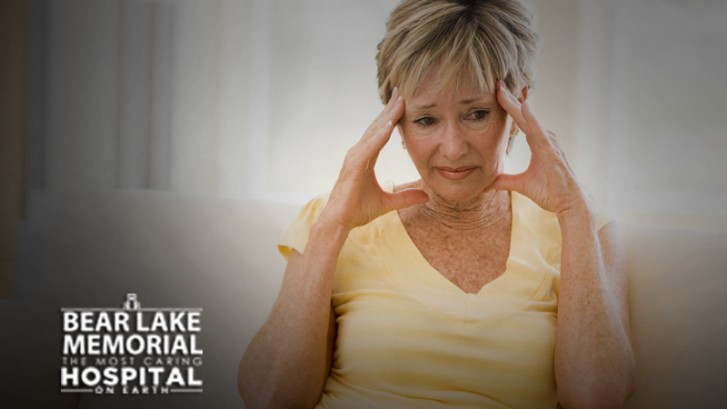Do you suffer from Migraines?
 Presented by Dr. Peter Crane, buy Family Medicine
Presented by Dr. Peter Crane, buy Family Medicine
Bear Lake Family Care Clinic 208-847-4495
If you suffer from migraine headaches, you are not alone. Between 12 and 16 percent of people in the U.S. experience migraines. Migraine headaches are three times more common in women than in men. Migraines may happen only once or twice a year, or as often as daily.
Migraines can be classified as “classic” or “common.” Classic migraines start with a warning sign, called an aura. About 20 percent of people with migraines experience this before a migraine. The aura may include flashing lights or bright spots, zigzag lines, changes in vision, or numbness or tingling in the fingers of one hand, lips, tongue or lower face. Auras can also cause temporary muscle weakness and even changes in speech. Symptoms of aura typically last five to 20 minutes and rarely last more than 60 minutes. The headache occurs soon after the aura stops. Common migraines do not start with an aura. Common migraines start more slowly than classic migraines and they usually last longer. The pain of common migraines may be only on one side of your head.
Other symptoms of migraine can be: intense throbbing or dull aching on one or both sides of your head, nausea or vomiting, blurred vision or blind spots, pressure behind one or both eyes, being bothered by light or noise, feeling tired or confused, feeling cold or sweaty, stiff or tender neck, and lightheadedness.
Migraines can be triggered by a number of factors which include: stress, menstrual periods, physical exertion, fatigue, lack of sleep, hunger, certain foods, smells such as perfumes, and some medications. Doctors also believe that changes in the level of a body chemical called serotonin can be a trigger for migraine headaches. People who have frequent migraines may benefit by keeping a “headache diary”, which can be used to determine what triggers a migraine and what treatment or course of action helped to relieve it.
Treatment for migraine depends upon the frequency, severity, and symptoms of your headache. There are two types of medicines for migraine treatments. One type focuses on stopping the headache from becoming severe and relieving the pain. This type of treatment is most effective if medication is taken when the signs of migraine first appear. Preventative treatment includes medicines that are taken on a regular basis, sometimes daily, to reduce how often headaches occur. Talk to your doctor about which type of medication is best for you.
In addition to taking medication, you can do some things at home to help manage migraine pain. Try putting a cold compress or cloth over your eyes, forehead, or on the back of your neck. You can also try massaging your scalp, using a lot of pressure. Lying down in a dark, quiet room is also beneficial to many migraine sufferers.

